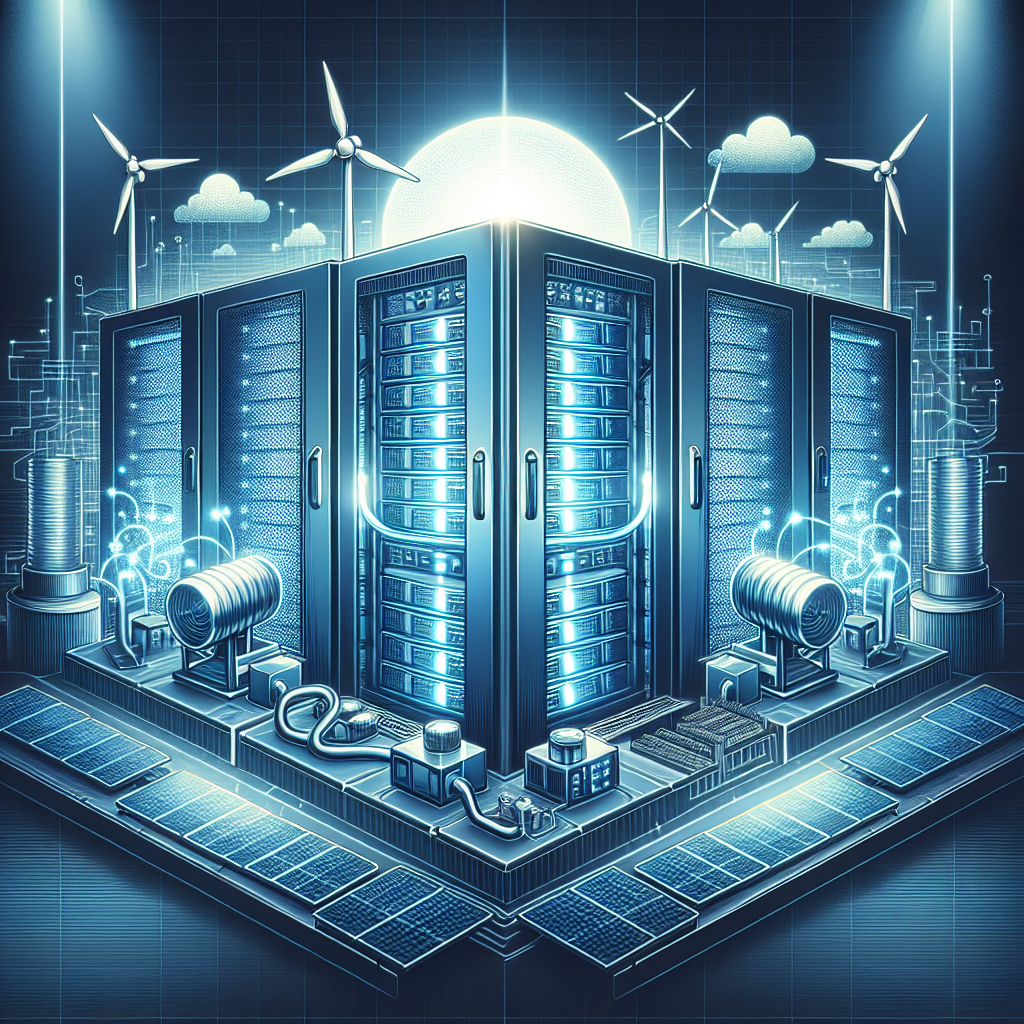Your cart is currently empty!
Optimizing Data Center Cooling for Performance and Sustainability

Data centers are the backbone of modern technology, housing the servers and infrastructure that power the internet and all our digital services. However, these data centers are also notorious for their high energy consumption and carbon footprint. In fact, data centers are estimated to account for about 1% of global electricity usage, and this number is only expected to grow as more and more services move online.
One of the major contributors to the energy consumption of data centers is the cooling systems required to keep the servers at optimal operating temperatures. Data centers generate a significant amount of heat, and if not properly cooled, this heat can lead to equipment failure and downtime. However, traditional cooling systems, such as air conditioning, are not only energy-intensive but also contribute to greenhouse gas emissions.
To address this issue, data center operators are increasingly turning to more sustainable cooling solutions that optimize energy efficiency while still maintaining the performance and reliability of their servers. One such solution is the use of liquid cooling systems, which can be much more energy-efficient than traditional air cooling systems. Liquid cooling involves circulating a coolant, such as water or a specialized fluid, through the servers to absorb and dissipate heat. This method is more efficient at removing heat from the servers, resulting in lower energy consumption and reduced cooling costs.
Another innovative cooling solution that is gaining traction in the data center industry is the use of free cooling systems. Free cooling takes advantage of natural cooling sources, such as outside air or groundwater, to cool the servers without the need for mechanical cooling systems. By using free cooling whenever possible, data centers can significantly reduce their energy consumption and environmental impact.
In addition to adopting more sustainable cooling solutions, data center operators can also optimize their cooling systems for performance by implementing smart cooling strategies. This includes using sensors and monitoring tools to track temperature and humidity levels in real-time, allowing operators to adjust cooling settings as needed to ensure optimal performance and energy efficiency. By fine-tuning their cooling systems in this way, data center operators can maximize their cooling efficiency and reduce their overall energy consumption.
Overall, optimizing data center cooling for performance and sustainability is crucial for reducing energy consumption, lowering operating costs, and minimizing environmental impact. By adopting more sustainable cooling solutions, such as liquid cooling and free cooling systems, and implementing smart cooling strategies, data center operators can achieve a more efficient and environmentally friendly cooling infrastructure. This not only benefits the bottom line but also helps to create a more sustainable future for the digital age.

Leave a Reply